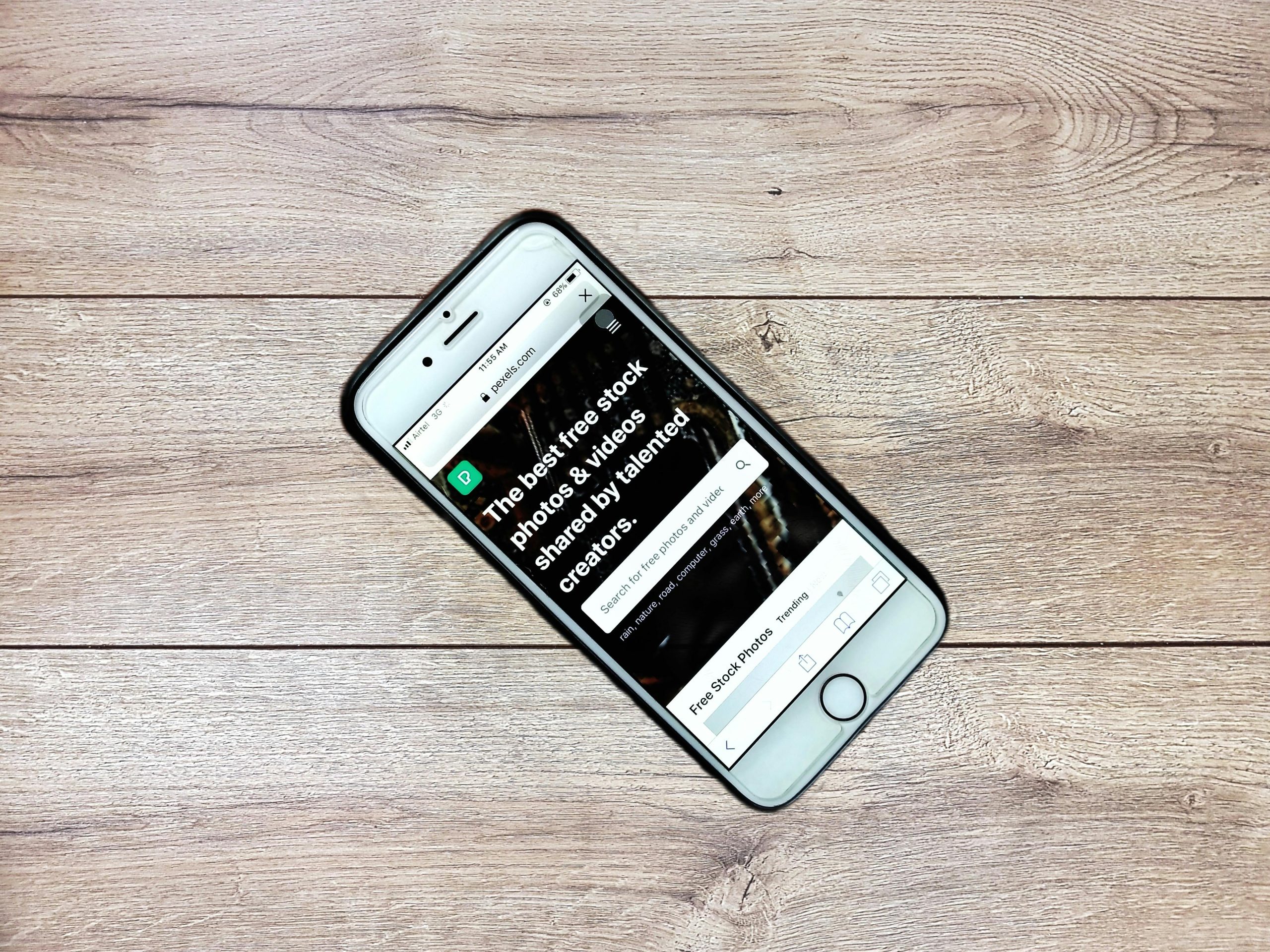Bridging the Gap: Helping Designers Grasp Web Design Essentials
Collaborating with graphic designers can sometimes lead to challenges, especially when transitioning from print to Web Design. This often occurs because certain design aspects—like responsive layouts and dynamic content—are not always factored into their creative process. If you’re in a similar situation with a talented designer friend, here are some strategies you can employ to help them better understand the nuances of Web Design requirements.
Understanding the Challenges
Your designer may excel in creating visually stunning graphics, but shifting those designs to a digital platform often reveals limitations. Issues such as varying lengths of text, unforeseen empty states, or the need for layouts to adapt to different screen sizes are common hurdles. These factors can affect the overall usability of a website, and it’s essential that designers account for them.
An Effective Framework for Adaptable Designs
A helpful approach to guide your friend in creating more flexible designs is to introduce them to responsive design principles. These guidelines ensure that their visuals can adapt to different devices without compromising aesthetics or functionality. Here are some key concepts that can aid your friend:
-
Flexibility Over Fixed Dimensions: Encourage them to think in percentages rather than pixels. This allows design elements to resize seamlessly across various screen sizes.
-
Focus on Content Hierarchy: Stress the importance of designing with content in mind. Teaching them about how to prioritize information will help ensure that the most critical elements are always prominently displayed.
-
Style for Variable Data: Designers should consider the potential for varying data lengths. They can create placeholder texts or design elements that are versatile enough to handle short and long content equally well.
-
Design for Empty States: It’s vital to plan for scenarios where there is no content available. Encourage your friend to think about how the user experience can remain engaging, even when the content isn’t populated.
-
Utilize Design Systems and Components: Switching to Figma can be a fantastic opportunity for your friend to leverage reusable components. Help them explore Figma’s powerful libraries to create consistent and adaptive design elements.
Offering Guidance and Support
Rather than expecting your designer friend to master all these elements overnight, provide your support by sharing relevant resources, tutorials, or workshops focused on web design principles. It can also be beneficial to involve them in the development process—showing them how their designs translate into code can highlight the importance of adaptability.
In essence, fostering an open dialogue about design requirements and providing constructive feedback will go a long way in helping your friend transition into the web design realm. By employing the right frameworks and approaches, they can produce designs that not only look stunning but also function well in a digital environment.
Engaging with this collaborative and educational journey can significantly enhance both your experiences and output, leading to more successful projects together. Happy designing!


2 responses to “Assisting designers with web design requirements”
Helping a designer transition from print to Web Design involves bridging a gap between aesthetic sensibilities and the technical realities of digital environments. Here’s a structured approach you can use to guide your friend towards creating more adaptable designs that consider the nuances of web development.
1. Educate on the Basics of Web Design
Understanding the foundational aspects of Web Design can significantly aid your friend in adapting their graphic design skills. Share resources that cover the basics of Web Design, such as:
2. Discuss the Importance of Flexibility
Print design is often static, whereas web design needs to be dynamic. Help your friend appreciate the importance of adaptability in creating designs that perform well across different screen sizes and orientations. Here are a few concepts to emphasize:
3. Use Frameworks or Design Systems
Introduce your friend to design systems or frameworks that can help standardize the design process. For example:
4. Simulate Real Data and Scenarios
Creating designs based on static content can lead to unprepared layouts. Encourage your friend to use dummy data or real-world scenarios when designing. Some practices include:
5. Incorporate User Feedback and Testing
Advocate for an iterative design process where user feedback plays a crucial role. Depending on your friend’s project scope, they could:
6. Embrace Tools and Collaboration
Since your friend is moving to Figma, highlight the collaborative features of the platform:
Conclusion
By fostering a collaborative and educational environment centered on these principles, you can significantly aid your friend in adapting their design skills for the web. This mutual growth will not only enhance their capabilities but also result in a smoother development process for you. Encourage patience and ongoing dialogue as they learn — this transition is a journey that will yield rewarding results for both of you!
What a fantastic post! You’ve highlighted some crucial concepts for bridging the divide between print and Web Design seamlessly. One additional aspect to consider is the importance of user experience (UX) principles, which can further elevate your friend’s designs from being visually appealing to genuinely user-centered.
Encouraging them to embrace UX methodologies—such as user persona development and usability testing—can greatly enhance their understanding of how users interact with web content. This way, designs aren’t just about aesthetics but also about creating intuitive paths for users to follow, which can significantly improve overall satisfaction and engagement.
Moreover, fostering a strong feedback loop with users can provide invaluable insights into how designs perform in real-world scenarios. Perhaps suggesting collaboration with UX researchers or participating in user testing sessions could be beneficial as well. It’s all about creating a holistic approach to design that incorporates both visual beauty and user functionality.
Thanks for your insightful strategies! I’m excited to see how fostering these discussions can lead to even more impactful design outcomes. Happy designing indeed!